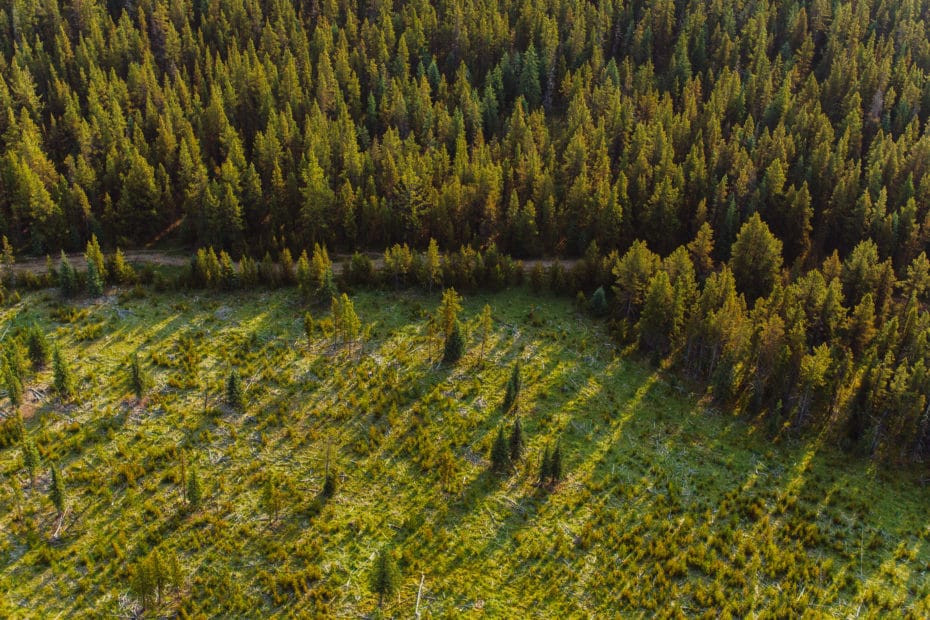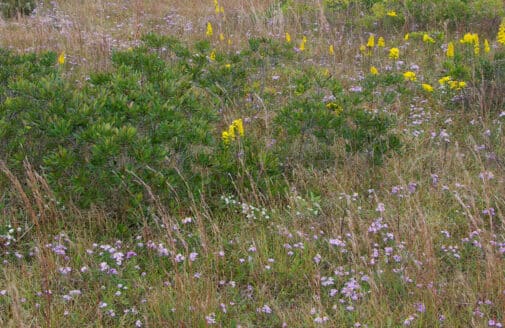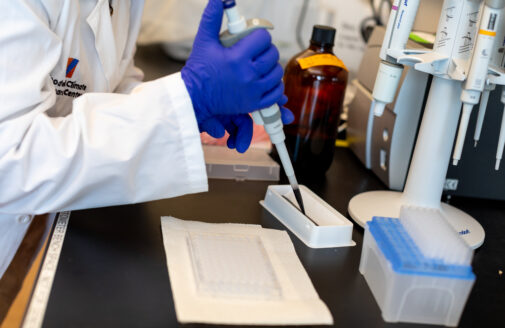Natural climate solutions: “Time is not on our side”

Natural climate solutions—the management of soils, forests, and other land-based systems to absorb and store carbon—are cost-effective strategies for large-scale carbon capture that are ready for immediate deployment. While technologies for carbon capture remain under development, nature-based solutions, including tree planting and improved agricultural practices, can be implemented now. But nearly a dozen scientists, including Woodwell Climate’s Dr. Jon Sanderman, are cautioning that it will take time, perhaps decades, for natural climate solutions to reach their full potential. And that means we need to get started now.
“Everyone knows this delay exists, but it is not well accounted for in estimates of the potential of natural climate solutions. And that means we risk dramatically overshooting emissions targets,” Sanderman said.
Work involving Woodwell Climate scientists has produced seminal estimates of the climate mitigation potential of land-based systems. A 2017 study concluded that, globally, natural climate solutions could provide roughly a third of the emissions reductions needed in the coming decade to limit warming to less than 2°C. For tropical countries, the possible contribution from natural climate solutions has been estimated to be even greater—potentially mitigating 50 to 100 percent of greenhouse gas emissions.
Those estimates represent best-case scenarios, in which natural climate solutions are pursued and implemented with maximum ambition—an approach that has been criticized by some as unrealistic. The recent letter presents a more cautionary tale, arguing that a range of delays and time lags could halve the total carbon accumulation achieved by 2030 or 2050, although such delays do not impact the eventual rate of carbon capture that soils and trees could provide.
Writing in the journal Global Change Biology, the authors describe a range of factors that contribute to time lags in reaching the maximal extent and intensity of benefits from natural climate solutions. There are inherent biological factors, like the time it takes for trees to grow or for ecosystems to stabilize after restoration. Then, there is the (uncertain) time it takes for new practices to be adopted and implemented on large scales.
“The reality is it takes a long time to scale up to the tens of millions of hectares necessary for each pathway, and many sequestration measures take 5-10 years before carbon removal occurs in earnest,” Sanderman explained. “Together these two delays likely mean that without concerted action the real 2050 potential of some NCS pathways is perhaps only 50% of what has been reported.”
The delays are not equal for all pathways, and some delays can be reduced or avoided. For example, conservation of intact ecosystems delivers full benefits immediately, while ecosystem restoration takes much longer. The authors offer ten best practices for minimizing delays, including protecting existing ecosystems, prioritizing pathways with the shortest inherent delays, coordinating efforts globally, and improving management practices to speed up carbon sequestration.
But, across the board, the largest and most avoidable source of delay is inaction; the longer we wait to start, the longer it will take to achieve results. “This is really a call to action,” Sanderman said. “We must act now to maximize the benefits of natural climate solutions.”







